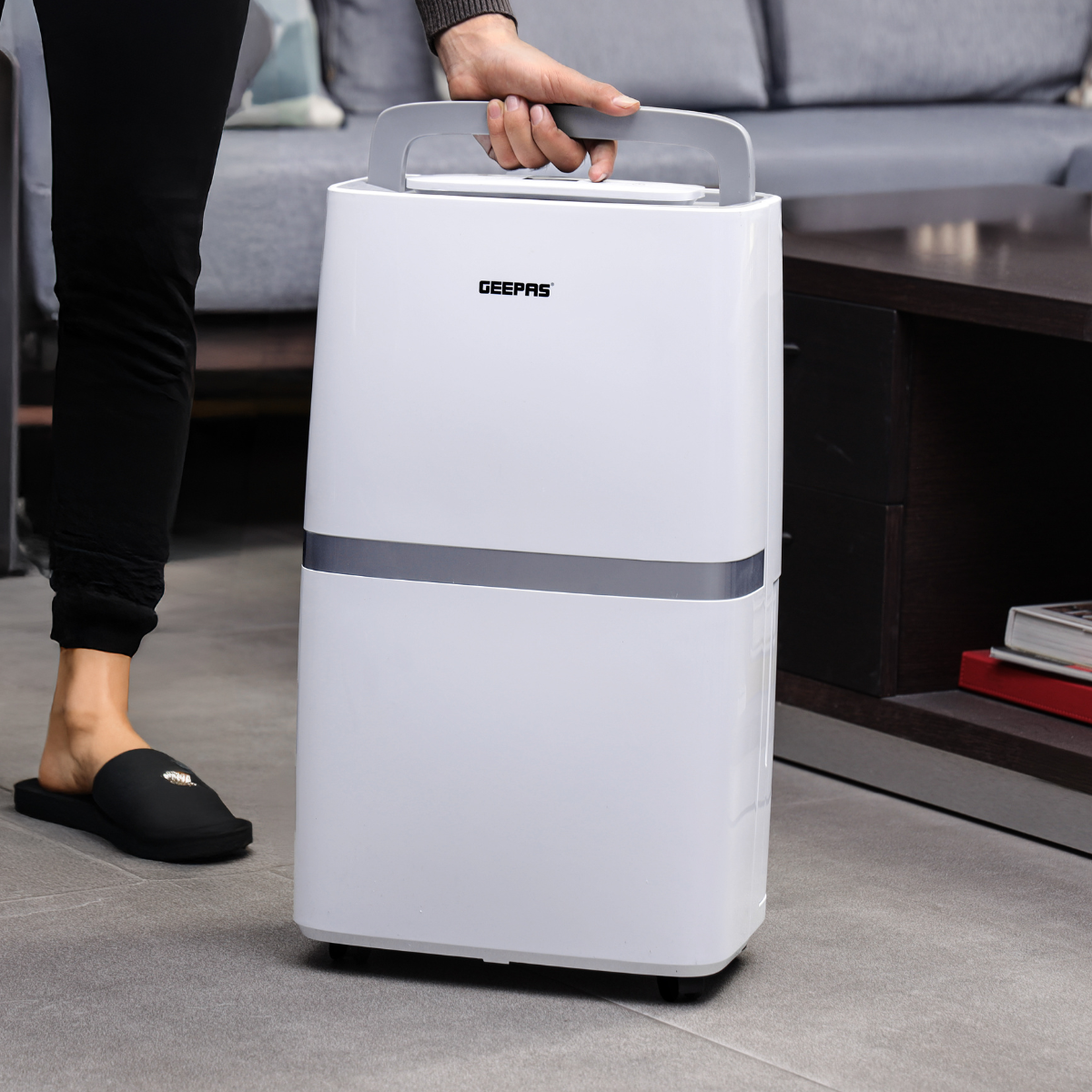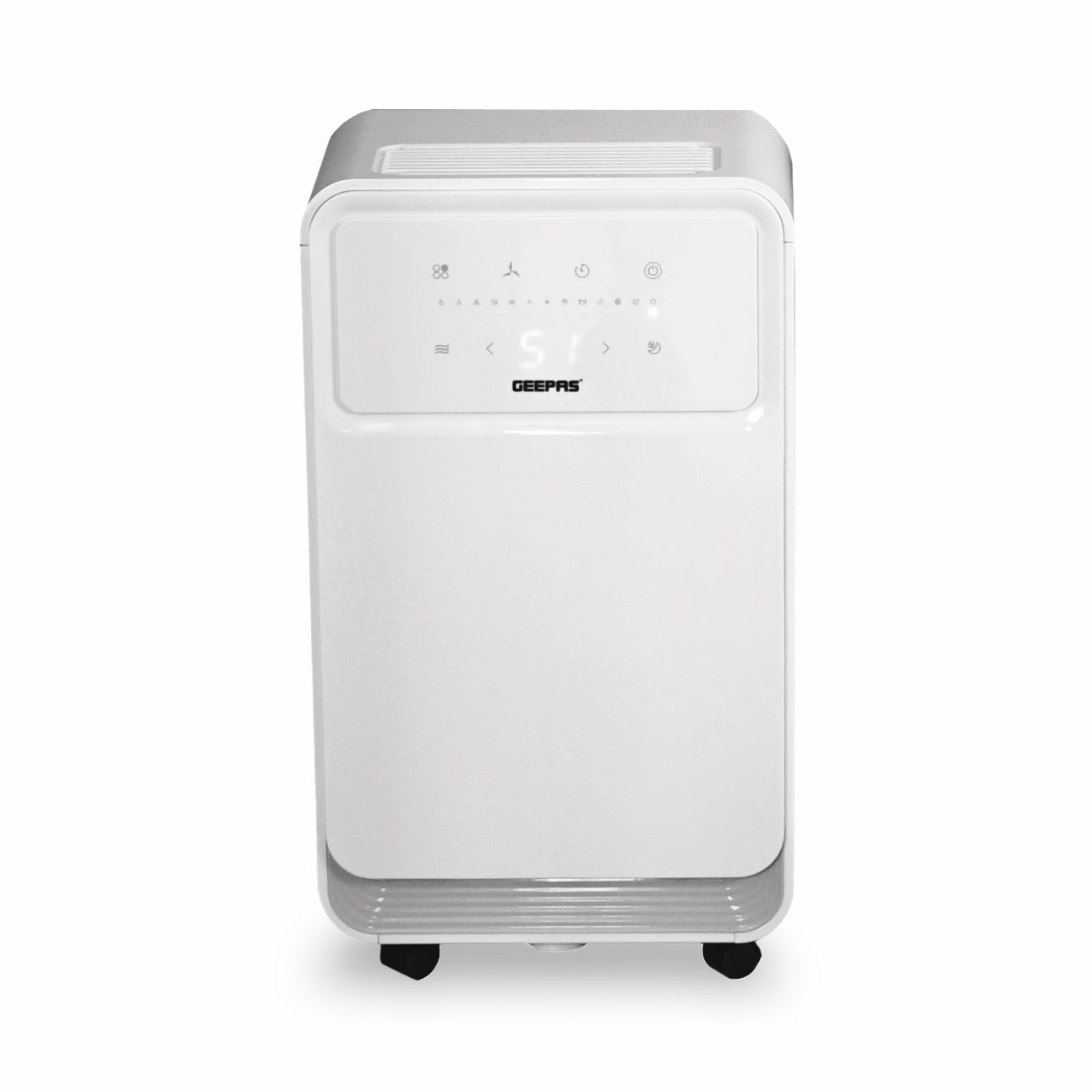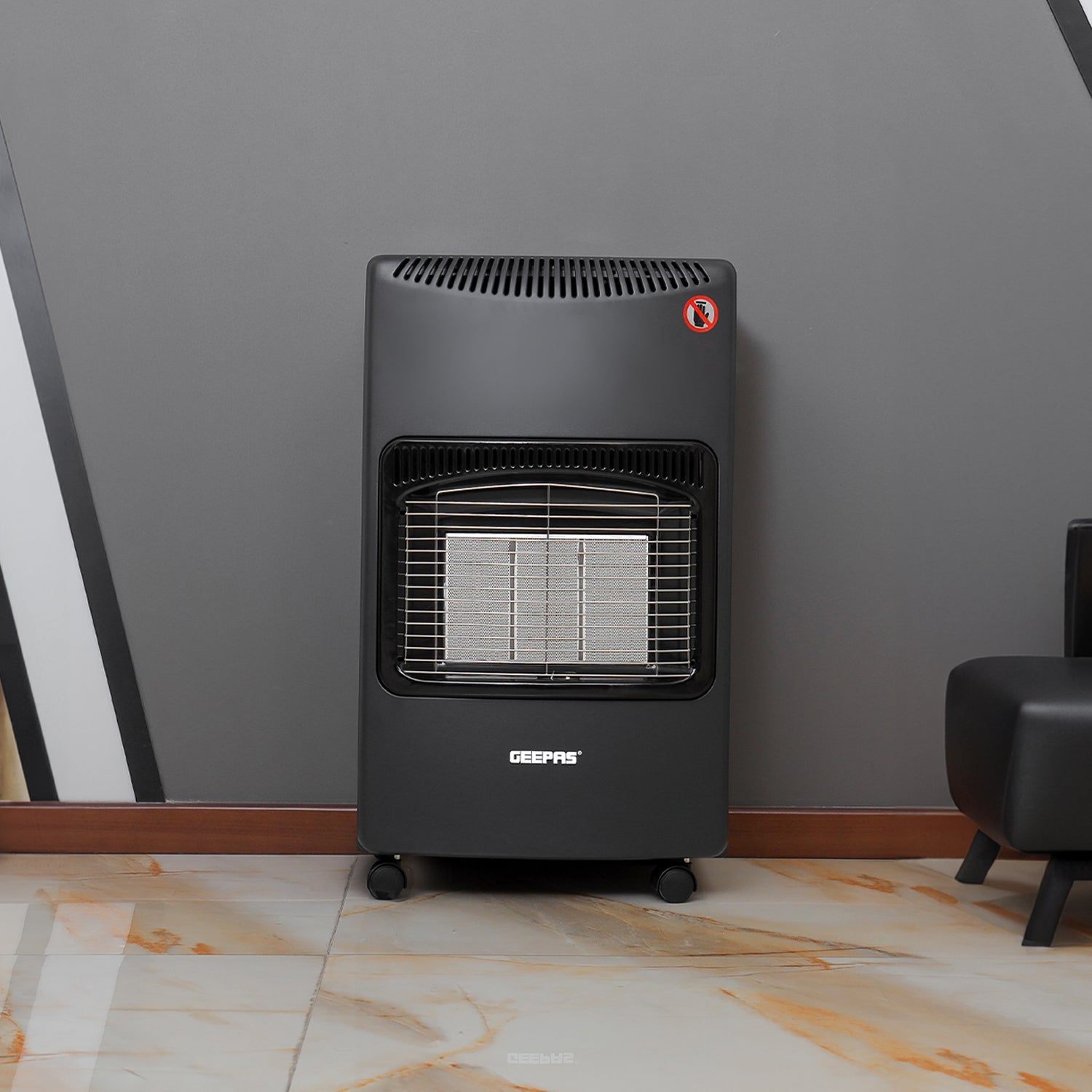Excess humidity in your home can lead to a host of problems, from musty odours to health issues and even structural damage. But how do you know if your home has too much moisture? Recognizing the signs of high humidity is the first step toward creating a healthier, more comfortable living environment. Here are 5 clear signs that it's time to invest in a dehumidifier.
1. Persistent Musty Odors
If your home has a lingering musty smell, especially in areas like basements, bathrooms, or laundry rooms, it's a strong indicator of excess moisture. This odour is often caused by mold and mildew growth, which thrives in damp environments. Even if you can't see mold, the smell is a telltale sign that it's lurking somewhere.
A dehumidifier can help eliminate these odours by reducing humidity levels and preventing mold from forming. By maintaining an optimal humidity level (between 30-50%), you can keep your home smelling fresh and clean.
2. Visible Mold or Mildew Growth
Mold and mildew are not just unsightly - they can also pose serious health risks, especially for those with allergies, asthma, or other respiratory conditions. If you notice black spots on walls, ceilings, or corners, or a fuzzy white substance on surfaces, it's a sign that your home's humidity levels are too high.
Mold thrives in damp, poorly ventilated areas, making basements, bathrooms, and kitchens particularly vulnerable. A dehumidifier can help keep mold at bay by maintaining optimal humidity levels and preventing spores from spreading. If you've already noticed mold, it's important to clean it thoroughly and address the source of moisture.
3. Condensation On Windows
Do your windows frequently fog up or have water droplets on them? This condensation is a clear sign of high humidity levels inside your home. When warm, moist air comes into contact with cooler surfaces like windows, it condenses into water droplets.
Over time, excess moisture can damage window frames, walls, and even furniture. It can also lead to mold growth around windowsills. A dehumidifier can help reduce condensation and protect your home from water damage. If you notice condensation regularly, it's a strong indicator that you need to lower your indoor humidity levels.
4. Allergy Flare-Ups or Respiratory Issues
High humidity creates the perfect environment for dust mites, mold spores, and other allergens to thrive. If you or your family members are experiencing frequent allergy symptoms like sneezing, coughing, itchy eyes, or even asthma attacks, it could be due to excess moisture in the air.
Dust mites, in particular, thrive in humid environments and are a common trigger for allergies. A dehumidifier can help alleviate these symptoms by reducing allergens and improving indoor air quality. By keeping humidity levels in check, you can create a healthier living environment for everyone in your home.
5. Warped Wood or Peeling Paint
Excess moisture can cause wood floors, furniture, and even walls to warp or crack. If you notice peeling paint, bubbling wallpaper, or warped wooden surfaces, it's a sign that your home's humidity levels are too high.
High humidity can also damage musical instruments, books, and other sensitive items. Over time, this moisture can weaken the structural integrity of your home. A dehumidifier can help protect your home's structure and finishes by maintaining a balanced humidity level. If you've noticed any of these issues, it's time to take action before the damage becomes irreversible.
6. Clammy or Sticky Feeling
If the air in your home feels consistently clammy or sticky, it's a sign that humidity levels are too high. The uncomfortable feeling is often accompanied by damp clothing, bedding, or towels that never seem to fully dry. High humidity can also make your home feel warmer than it actually is, forcing your air conditioner to work harder and increasing energy bills.
A dehumidifier can help remove excess moisture from the air, making your home feel more comfortable and reducing the strain on your HVAC system.
What To Do Next
If you've noticed any of these signs in your home, it's time to consider investing in a dehumidifier. Here's how to choose the right one:
- Assess Your Space: Determine the size of the area you need to dehumidify. Larger spaces may require a high-capacity unit.
- Check Features: Look for features like adjustable humidity settings, auto-shutoff, and built-in pumps for continuous drainage.
- Energy Efficiency: Choose an Energy Star-rated dehumidifier to save on energy costs.
By reducing moisture, you'll not only protect your home but also create a healthier, more comfortable living environment.
Excess humidity can cause a range of problems, from structural damage to health issues. By recognizing these signs, you can take action before the problem gets worse. A dehumidifier is a simple and effective solution to keep your home dry, comfortable, and mold-free.



